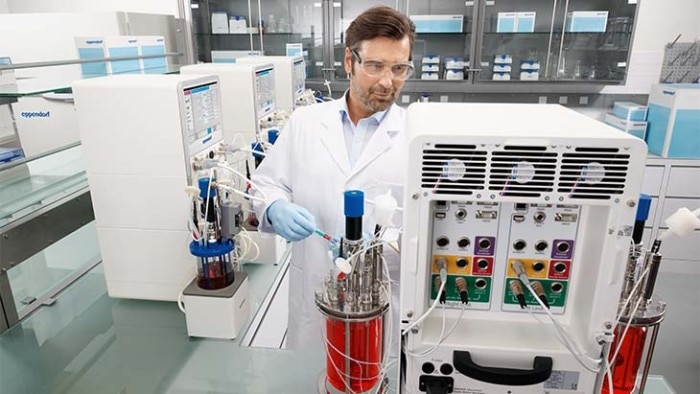-
-
-
- Assistenza per bioprocessi
- Assistenza per centrifughe e rotori
- Assistenza per Mastercycler
- Assistenza per l'automazione
- Assistenza per ultracongelatori
- Assistenza per incubatori
- Assistenza per agitatori
- Assistenza per la fotometria
- Assistenza per regolazione termica e miscelazione
- Assistenza per pipette
-
-
-
-
- Assistenza per bioprocessi
- Assistenza per centrifughe e rotori
- Assistenza per Mastercycler
- Assistenza per l'automazione
- Assistenza per ultracongelatori
- Assistenza per incubatori
- Assistenza per agitatori
- Assistenza per la fotometria
- Assistenza per regolazione termica e miscelazione
- Assistenza per pipette
-
-
- Centrifughe da banco
- Centrifughe da pavimento
- Centrifughe refrigerate
- Microcentrifughe
- Centrifughe multiuso
- Centrifughe ad alta velocità
- Ultracentrifughe
- Concentratore
- Prodotti IVD
- High-Speed and Ultracentrifuge Consumables
- Provette per centrifughe
- Piastre per centrifughe
- Gestione degli apparecchi
- Gestione di campioni e informazioni
-
- Pipettaggio manuale & dispensazione
- Pipette meccaniche
- Pipette elettroniche
- Pipette multicanale
- Pipette e dispenser a spostamento positivo
- Pipettaggio automatico
- Dispenser per flaconi
- Controller per pipette
- Puntali per pipette
- Consumabili per l'automazione
- Accessori per dispenser e pipette
- Accessori per l'automazione
- Servizi di assistenza per dispenser e pipette
pH Control in Bioreactors
Meno informazioni
Principle of pH control in bioprocesses
Meno informazioni
What different types of pH sensors are available?
Electrochemical pH sensors
- Advantages: The glass membrane material can be adapted to various bioreactor conditions, including extremes in pH or temperature.
- Disadvantages: Glass pH sensors require careful management and can lose accuracy over time, with a need for frequent calibration.
Meno informazioni
Optical pH sensors
- Advantages:
- Optical pH sensors can be used in a non-invasive manner that reduces the contamination risk. This is particularly interesting for cell culture applications.
- Optical pH sensors are inexpensive and disposable.
- Disadvantages:
- The measurement range of optical pH sensors is narrower than the range of electrochemical pH sensors. Eppendorf recommends a measurement range of pH 6.5 to 7.5. This is usually sufficient for cell culture applications but may be too narrow for certain microbial applications.
- Certain chemicals including organic solvents can damage optical pH sensors. Additionally, these sensors can measure a relatively limited pH range.
Meno informazioni
What are digital pH sensors ?
Meno informazioni
pH control strategies
What acid and base should I use for pH control in microbial and cell cultures?
Meno informazioni
What is a pH deadband?
Meno informazioni
What is the difference between one-sided and two-sided pH control?
Meno informazioni
How do you calibrate a pH sensor?
Electrochemical pH sensor calibration
Meno informazioni
Meno informazioni
Optical pH sensor calibration
Meno informazioni
How frequently should you calibrate pH sensors?
Meno informazioni
How strong is the influence of temperature for your pH calibration?
Meno informazioni
Your pH sensor take ages to calibrate, what can you do?
Meno informazioni
Bioprocess control systems for streamlined pH control in bioreactors
Eppendorf has a range of bioprocess control systems suitable for both microbial and mammalian cell cultures. They offer high flexibility in pH control. Most systems are compatible with standard electrochemical as well as optical pH sensors and can be used with digital as well as analog sensors. Each bioprocess controller also has the ability to control a range of additional parameters such as temperature and dissolved oxygen , enabling streamlined bioprocess control tailored towards your bioprocessing needs.

